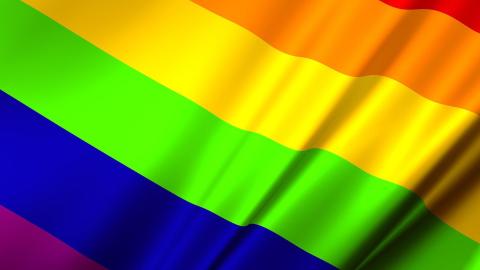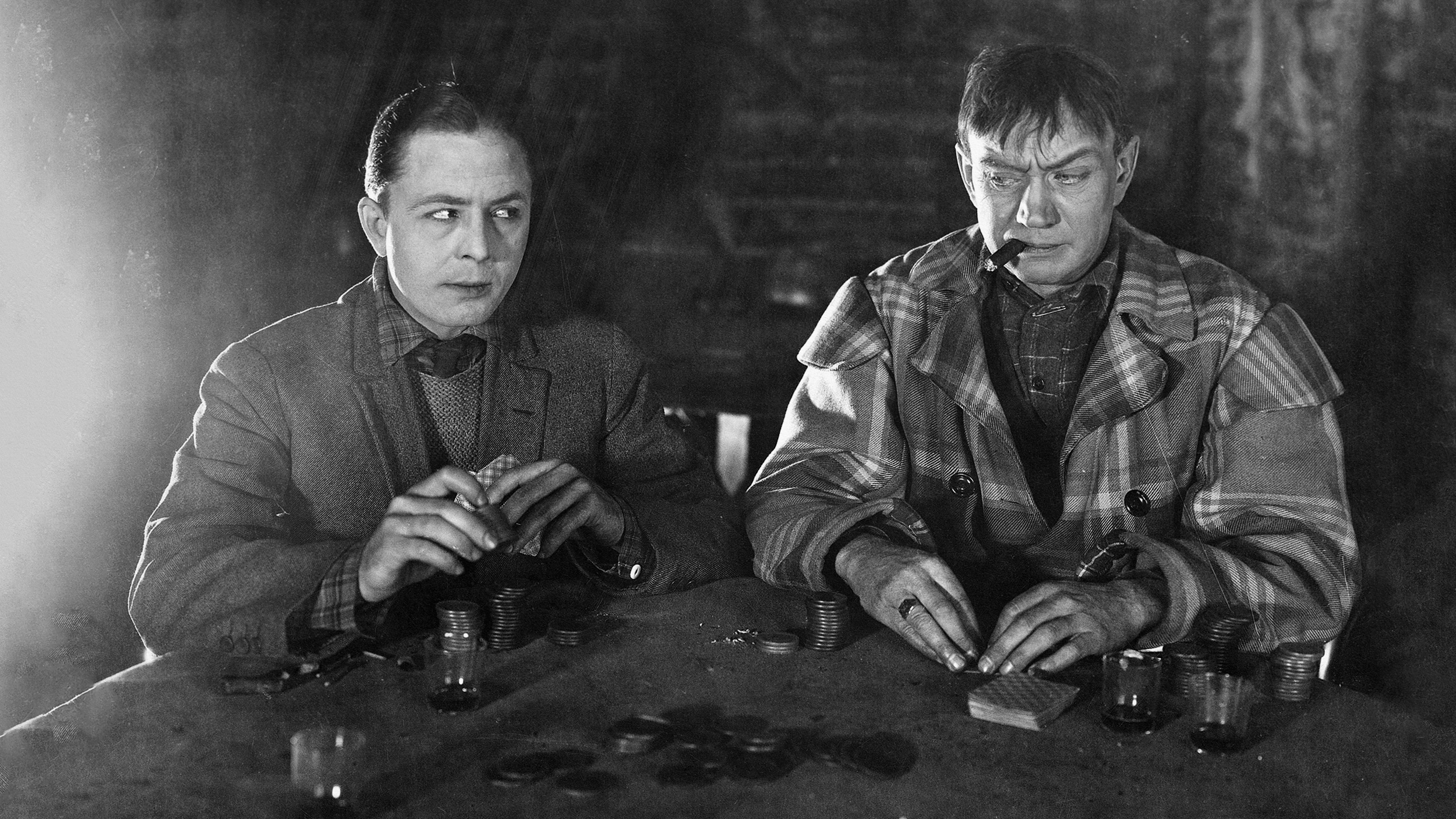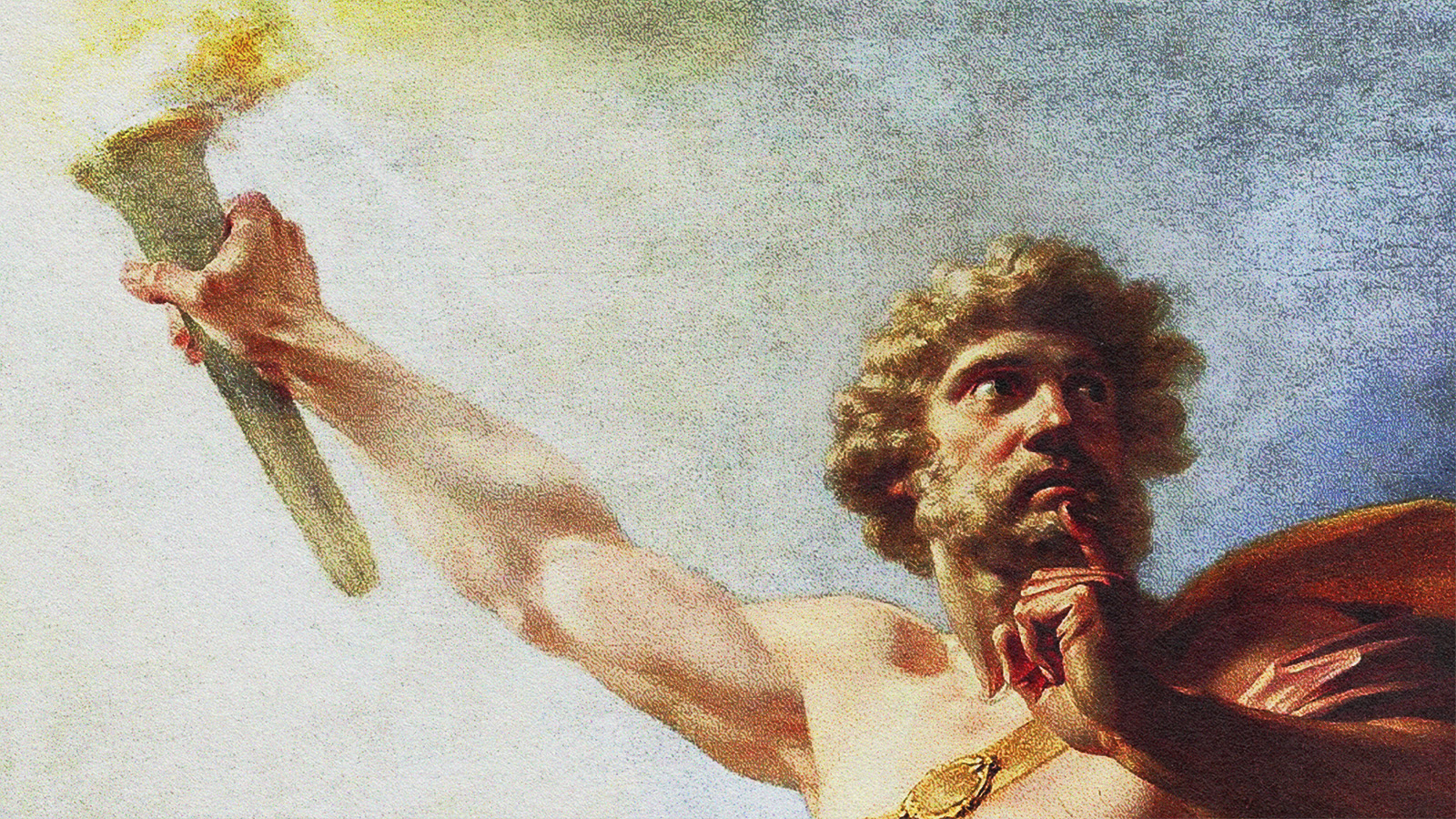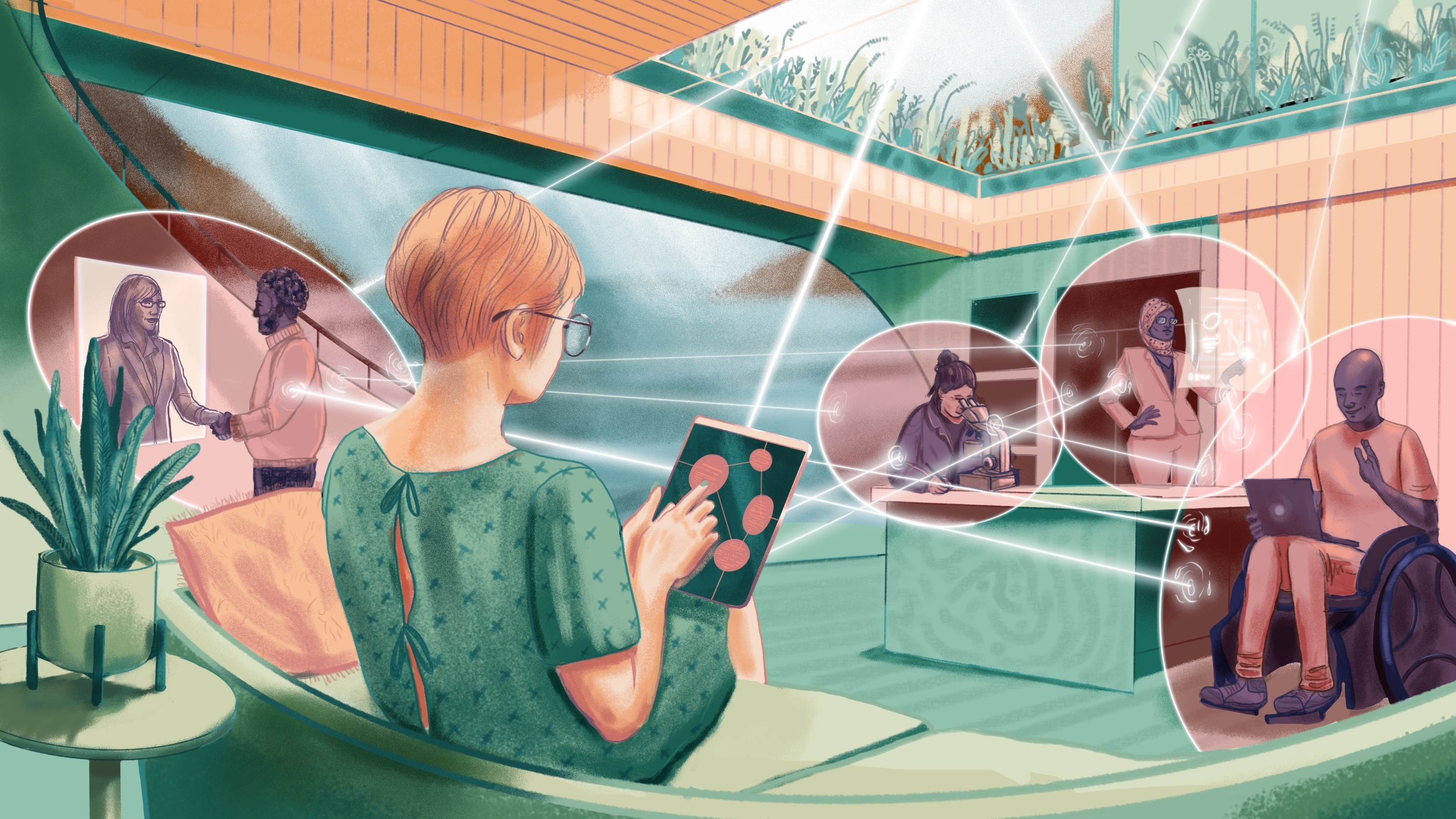Study: Does the label “straight” worsen perceptions of gay people?

Credit: Pixabay
- In a recent study published in The Journal of Sex Research, heterosexual people were asked to rate their impressions of fictitious men.
- Some of the fictitious men were described as "heterosexual," the others as "straight."
- Across multiple studies, participants reported worse impressions of gay men after being exposed to the word "straight," but only if the participants were highly religious.
It’s no surprise that using negative language to refer to a minority group can produce negative effects among those being targeted. But what about using positive language to refer to a majority group? Could doing so suggest negative ideas about the minority group?
Noting a “surprising” lack of research on this question, a new study titled “If I Am Straight You Are Askew”: Labelling Heterosexuals as Straight Worsen Gay Men’s Perception” (published in The Journal of Sex Research) aimed to fill the gap by exploring whether referring to heterosexual people as “straight” produces negative perceptions of gay men.
Previous research suggests people associate moral perceptions with certain spatial concepts. For example, one study found that people are more likely to prefer straight figures after recalling moral deeds.
The researchers behind the recent study noted that those prior findings proved “true not only in the European language but also in Chinese, Arabic, and Russian, thus suggesting this relation to be spread in different cultural contexts.”
“Giving a look at the dictionary, straight is defined as continuing in one direction without curving (adv.), being without bend (adj.), being honest and respectable (adj.) and being heterosexual (adj.),” study author Simona Sacchi , a professor at the University of Milano-Bicocca, told PsyPost.
“For this reason we decided to investigate the possible impact of this association between straightness (related to morality) and heterosexuality on social perception and prejudice towards sexual minorities.”
To examine how the word “straight” might affect heterosexual participants’ perceptions of gay men, Sacchi and her colleagues conducted three studies involving 275 English-speaking and 131 Italian-speaking participants. The researchers collected data on participants’ levels of religiosity and prejudice against gay men, as measured by the Modern Homonegativty Scale.

Pixabay
In the first study, participants were shown a fictitious Facebook profile belonging to a man named James. All participants read the same profile describing James, except for one difference: Half of the participants read that he was “heterosexual,” while the other half read that he was “straight.”
Then, both groups were shown a fictitious Facebook profile of a man named Chris, who was described as gay. The researchers asked participants to rate their impressions of Chris. The results showed that participants who had been recently exposed to the word “straight” tended to report worse perceptions of Chris, however this was true only among participants with higher levels of religiosity and prejudice.
The researchers conducted the same study again, but this time they included a third group of participants who read a profile of James that didn’t describe him as “straight” or “heterosexual.”
The second study produced similar results: Highly religious participants reported worse impressions of Chris after being exposed to the label “straight,” although in general there wasn’t a significant difference between the three groups (“heterosexual,” “straight” and control).
The first two studies involved participants who commonly used the word “straight” to refer to heterosexual people. But what about cultures that don’t use such language?

Credit: Sacchi et al.
The researchers decided to conduct a third study in Italy, where people don’t use the word “straight” to refer to heterosexual people. In the study, all participants were asked to classify 20 pictures. Ten pictures showed heterosexual couples, while the other ten showed non-romantic partners, such as a pair of police officers.
The first group of participants was asked to apply the Italian word for “straight” (“retti”) to pictures of people in romantic relationships, and to label those who weren’t as “other” (“altro”). Meanwhile, the second group was asked to perform the same task, but to label the romantic couples with the Italian word for yellow (“gialli”).
“The word “gialli” was selected because this is a common, neutral adjective, related to a visual feature (in this case, color instead of shape) and unrelated to sexual orientation,” the researchers wrote.
Again, the results showed that being exposed to the word “straight” tended to worsen participants’ perceptions of gay men — but only for highly religious participants. Interestingly, all three studies showed that participants low in religiosity actually reported better impressions of gay men after reading the word “straight.”

Hering illusionCredit: Gwestheimer via Wikipedia
The researchers said their study is the first to examine the consequences of using positive language to describe majority groups, and that they hope the results will lead to “fruitful” future research to better understand the effects of positive labeling.
“We should remember that modern prejudice is often subtle, indirect, invisible to the perpetrator, and revealed more by ingroup favoritism than explicit outgroup derogation,” Sacchi told PsyPost. “In contemporary society, ingroup-directed favoritism and accentuated positive feelings, as sympathy and admiration, toward ingroup members could be the ‘modern’ basis for discrimination.”





